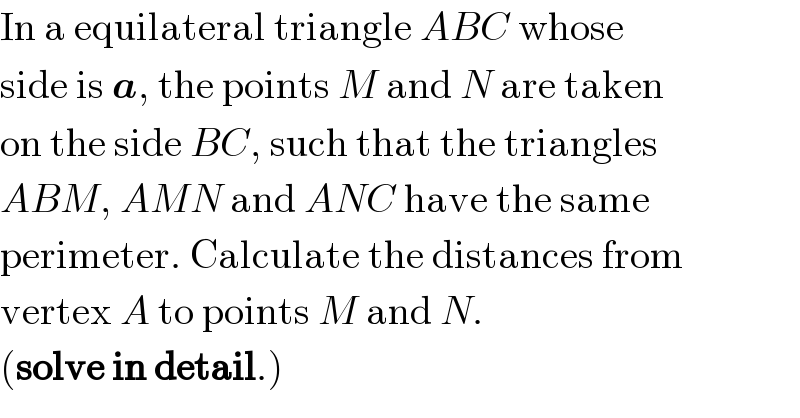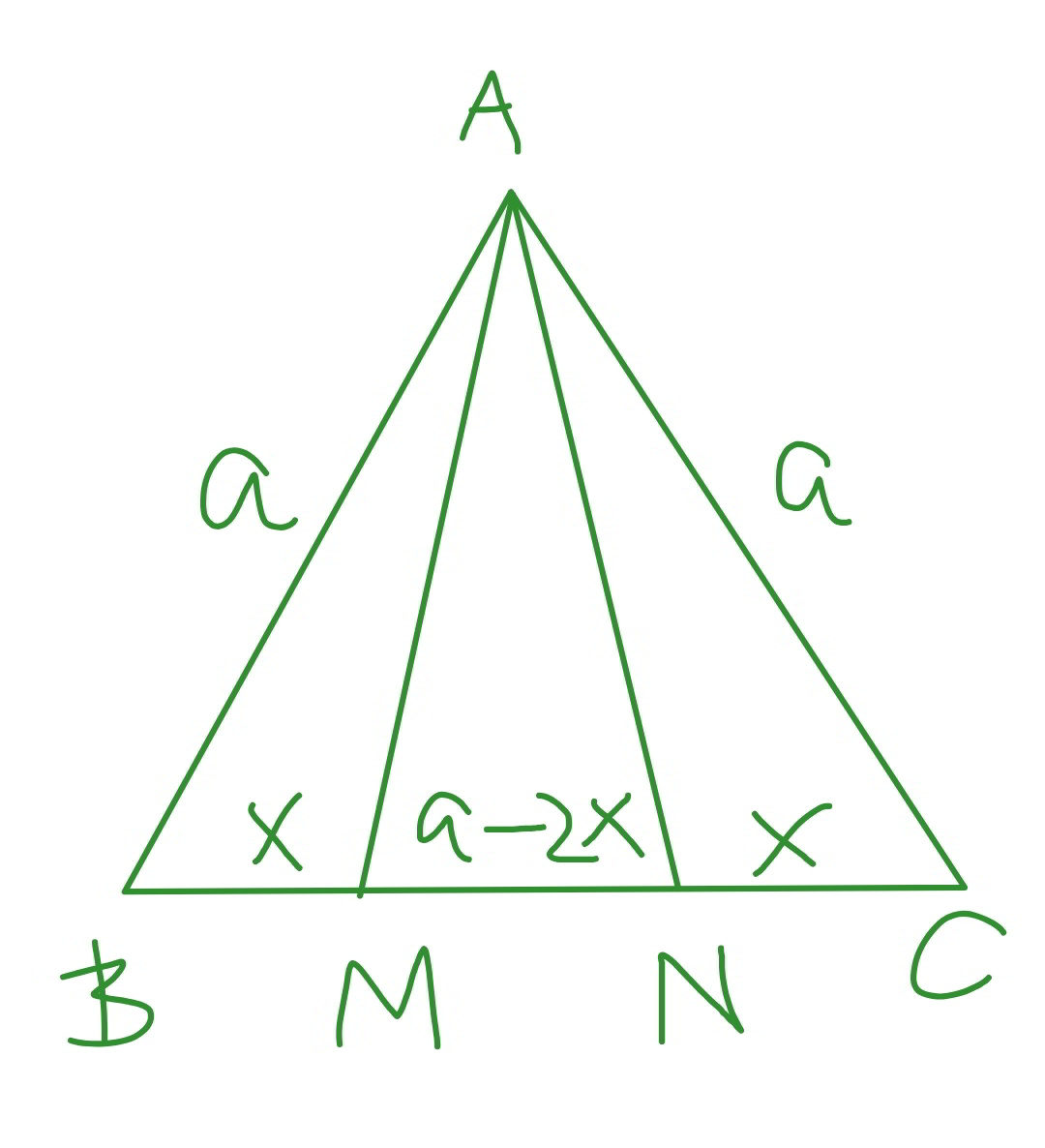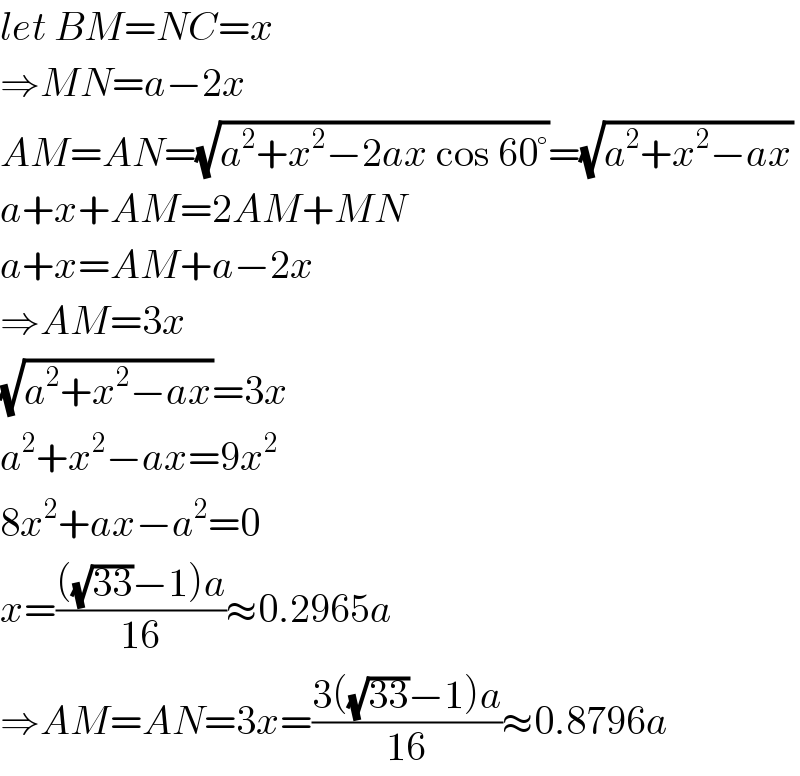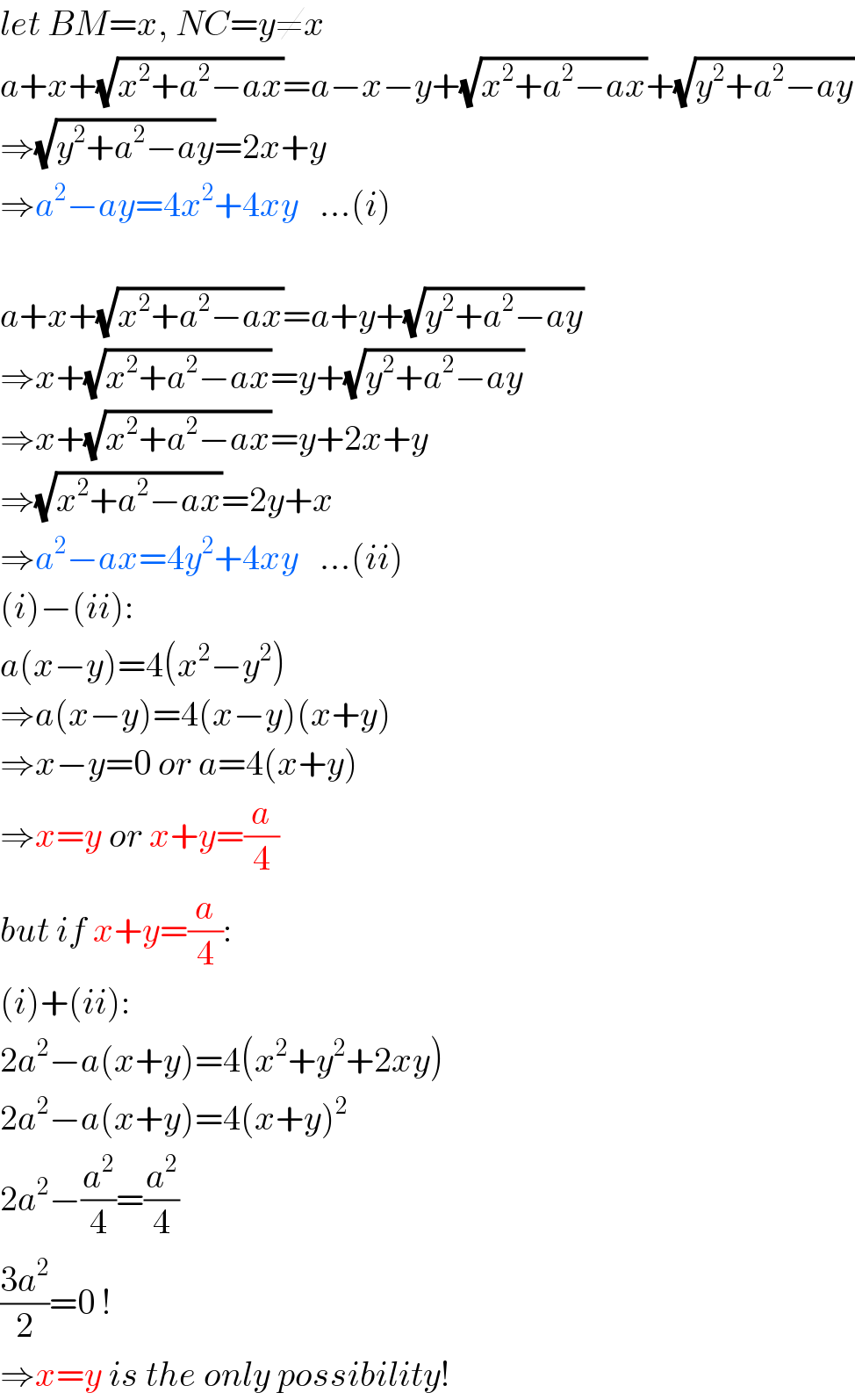
Question and Answers Forum
Question Number 68664 by Maclaurin Stickker last updated on 14/Sep/19

Answered by mr W last updated on 14/Sep/19

Commented by mr W last updated on 14/Sep/19

Commented by Rasheed.Sindhi last updated on 15/Sep/19

Commented by mr W last updated on 15/Sep/19

Commented by mr W last updated on 15/Sep/19

Commented by Rasheed.Sindhi last updated on 15/Sep/19

